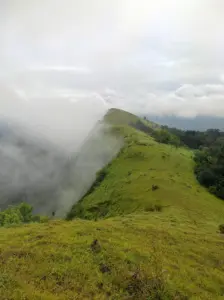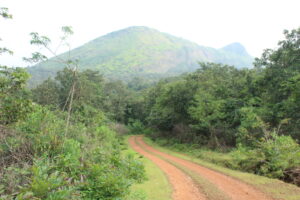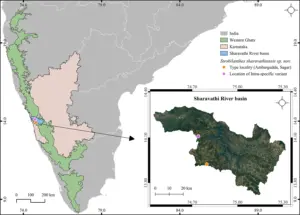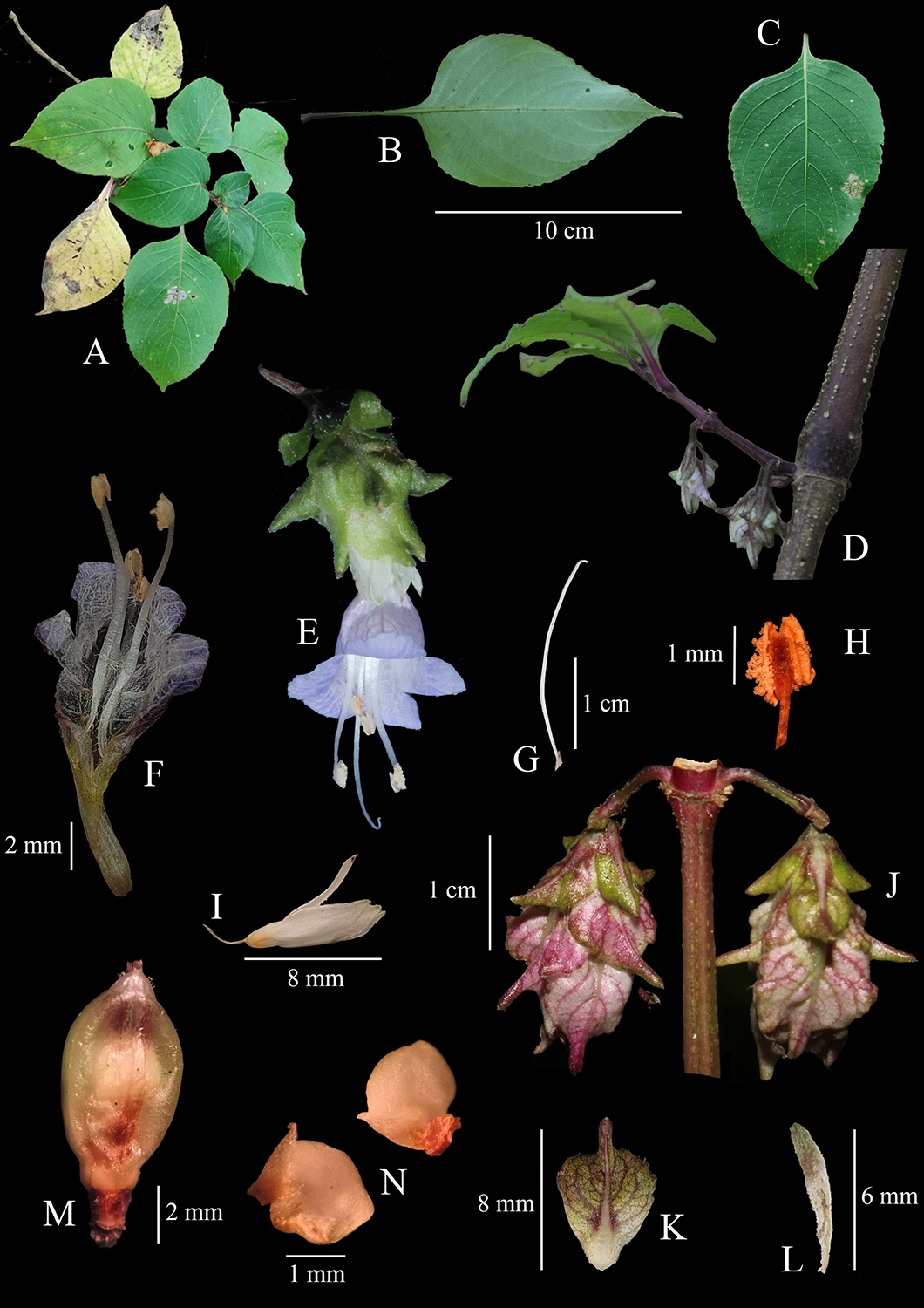We’re thrilled to share that Strobilanthes sharavathiensis, a new plant species to science, has been discovered from Ambaragudda, a high-altitude shola grassland in the Sharavathi river basin, central Western Ghats, Karnataka by one of our faculty members, Dr. Savinaya M S and a team of researchers. The finding has been published in the Nordic Journal of Botany, Lund University, Sweden.
This new species, belonging to the Neelkurunji group known for its once-in-a-lifetime flowering cycle, was found in one of Karnataka’s Biodiversity Heritage Sites (BHS), Ambaragudda, declared for its fragile and unique habitat. Interestingly, this hill once faced severe threats from mining in 2004, but thanks to local protests, it was saved and later protected as a BHS.
The discovery highlights the ecological significance of the Sharavathi landscape, known for its unique ecosystems. Dense Strobilanthes growths along the borders of shola forest play a key role in soil stability, water retention, and nurturing forest saplings, helping sustain the delicate balance between shola grasslands and shola forests.
Please read the publication here: doi.org/10.1002/njb.04888
Dr Savinaya says “This discovery reminds us how fragile and irreplaceable the Sharavathi ecosystem is; any further developmental interventions could endanger species yet to be known”


Above: Images of Ambaragudda peak
Below: Location Map


